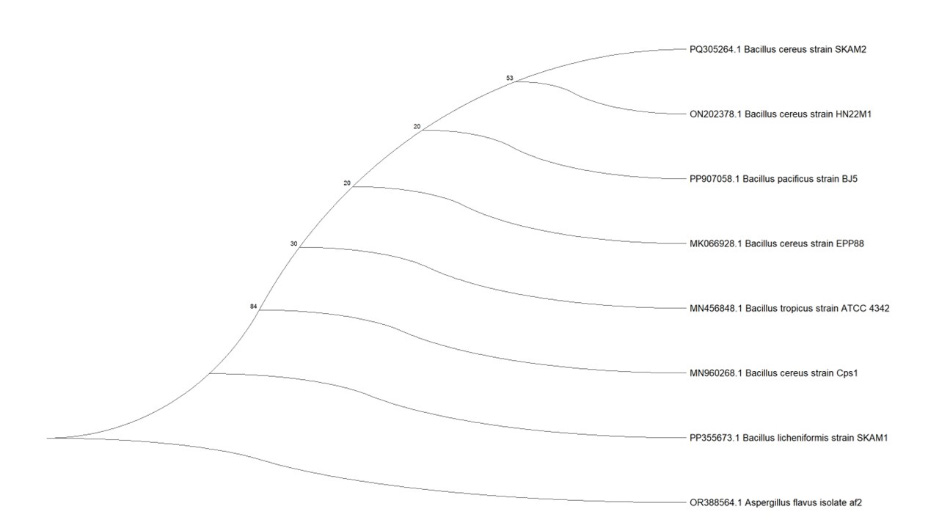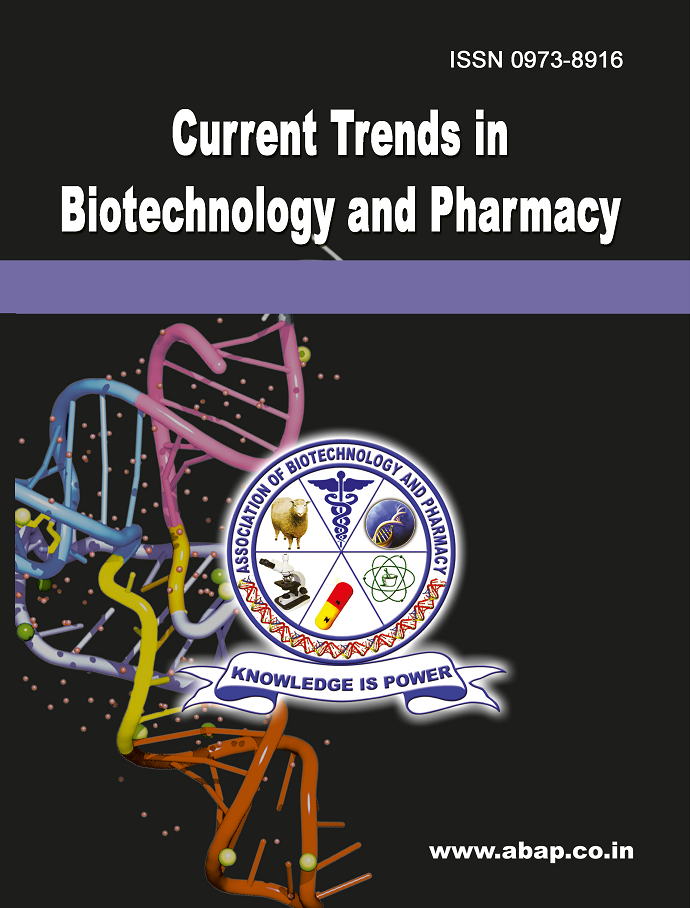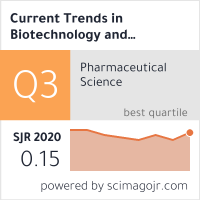LC–MS and GC-MS-based bioactive metabolites profiling of endophytic bacterium from Humulus lupulus and production of Indole-3-acetic acid
DOI:
https://doi.org/10.5530/ctbp.2025.3.27Keywords:
Endophytes, Metabolite, Bacteria Sustainability, Indole-3-acetic acid, Medicinal plantAbstract
There is a global effort to discover natural compounds that can augment plant growth and replace synthetic chemicals. Phytohormones have been extensively employed in the development and cultivation of diverse types of cash crops. The global population has witnessed sustained yearly growth in the past decades, resulting in an increased demand for food. Consequently, advancements in weed production have become fundamental. Synthetic weed control chemicals are pervasively employed to regulate crops; however, their excessive usage contributes to environmental pollution, the buildup of harmful residues in water and soil, toxicity to mammals, and the emergence of herbicide resistance. Several synthetic phytohormones Various types of synthetic phytohormones have been synthetically created. However, the severe toxicity of these synthetic hormones frequently results in the curtailment of plant growth. Indole-3-acetic acid (IAA), a hormone in the auxin group, is crucial in regulating diverse growth-related processes in plants. The present investigation reveals the endophytic bacterium Bacillus Cereus SKAM2 associated with the highly valued plant Humulus lupulus and investigates its metabolites in agriculture and medicine. Furthermore, the dried extract was characterized using GC-MS and LC-MS. The identified compounds have been documented to demonstrate notable bioactive compounds. Our results indicated that endophytic bacteria from Humulus lupulus have great potential to produce indole-3-acetic acid and bioactive secondary metabolites.



